“Lady Inverclyde” — a “new” 3/4 march by John McLellan, DCM discovered after 100 years in storage
Easter egg
- A hard-boiled egg dyed and often decorated as part of the Easter celebration.
- An unexpected or undocumented feature in a piece of software, included as a bonus.
Like discovering a lost Beatles song or a misplaced Beethoven minuet, uncovering an unknown tune by the great pipe music composer John McLellan DCM of Dunoon is a rare and precious occasion.
A silver plate engraving of “Lady Inverclyde,” a 3/4 retreat march by McLellan, has surfaced from the Castle House Museum’s archives. Though prepared for formal print publication, the tune is previously unknown, and the composition has been dormant for perhaps 100 years.
In an exclusive, pipes|drums presents “Lady Inverclyde.”
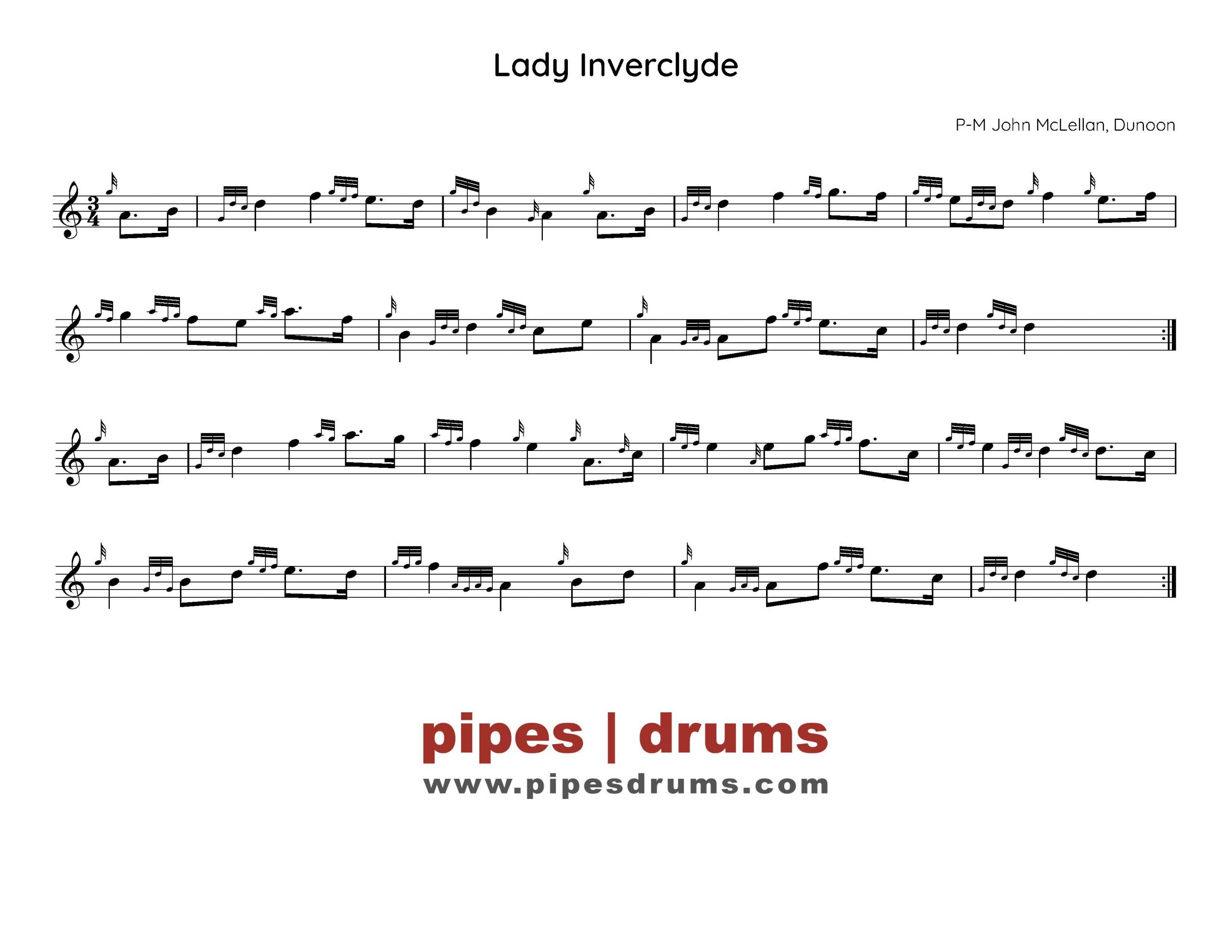
As an extra bonus, here’s the great Jack Lee playing the new 3/4 march:
Jack Lee described the tune as “another superb composition by the amazing John McLellan, Dunoon. I’m always impressed by his compositions. The man was a genius—always creative, always musical and very easy to tap your foot when you hear or play them.”
“Lady Inverclyde” will soon be added to his BagpipeMusic.com, a library of more than 10,000 compositions and a recording of the tunes by Lee himself.
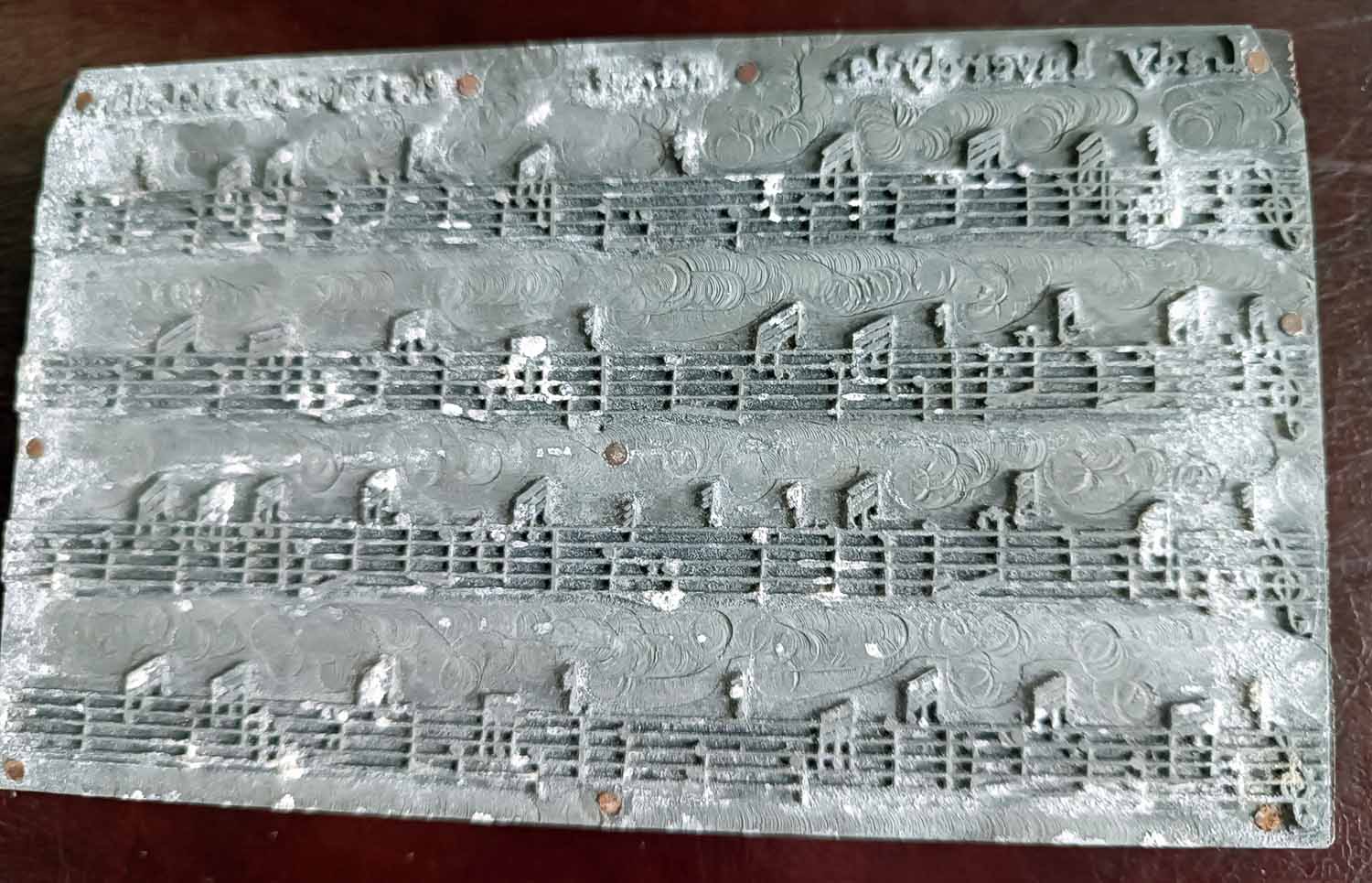
Nothing so far is known about why McLellan composed the tune. Lady Inverclyde was June Howard-Tripp, born in 1901 in Blackpool, England. In 1929, she married John Alan Burns, 4th Baron Inverclyde. The couple lived at Castle Wemyss in Fife.
Working under the stage name of simply “June,” Lady Inverclyde acted in several movies, including the silent Alfred Hitchcock thriller The Lodger: A Story of the London Fog (1927). She’s the character “Topsy” in Baron Inverclyde’s travel writings, going around the Mediterranean in his steam yacht Beryl in 1929.
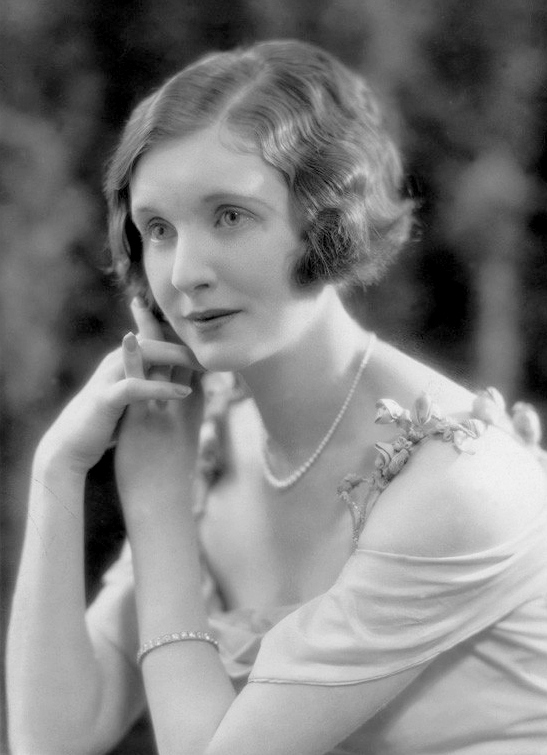
In 1930, Lady Inverclyde moved to Hollywood for her acting career. That year, she sued Baron Inverclyde for annulment of their marriage, contending that she and the Baron had “never lived together as man and wife.”
Tripp was granted a divorce in Reno, Nevada, in 1931. She was still considered married in Scotland until 1933 when the courts approved her divorce.
In 1937, June married Edward Hillman Jr., a Chicago department store heir. They soon married, but they got interlocutory divorces in 1939 and again in 1947, getting back together each time. Mr. and Mrs. Hillman stayed married until he died in 1965, living in Beverly Hills and Santa Barbara, California. Tripp gained American citizenship in 1951; her acting career dwindled, and she died in New York City in 1985.
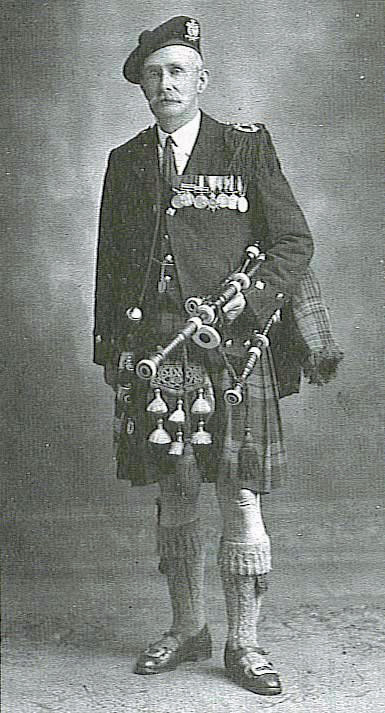
It’s a mystery why McLellan named the tune after Lady Inverclyde, especially given that 3/4 marches are rarely named for people and less frequently for women. McLellan’s compositions are generally named for men (usually army people), military actions, or places in his native Argyllshire.
He was not known to have accepted commissions for original tunes, but perhaps “Lady Inverclyde” was an exception. Maybe McLellan had a nameless 3/4 march, conveniently applied the name, and took the commission. That seems untypical of McLellan, who by all accounts was a man of great distinction, valour, and ethics.
McLellan died in 1949. In 1930, at the height of Lady Inverclyde’s acting career, he was 55. By then, the famous Scottish singer, comedian and actor Harry Lauder was performing and recording McLellan’s “The Road to the Isles” worldwide, making it a smash hit, though McLellan most likely never earned a penny for his music.
So perhaps Baron Inverclyde knew of McLellan and tried to woo back his wife with the charms of an original bagpipe tune by the celebrated McLellan. Maybe McLellan picked a retreat with tongue firmly planted in cheek, since June Tripp chose a sunny California retreat over cold Castle Wemyss.
A commission makes some sense. Silver engraving of music was a labourious and expensive process. Relatively few silver music engraving plates survive, since they were almost always reused for new music publishing projects. Inverclyde would not be interested in keeping the silver plate and only wanted the finely printed score to present to his wife, so perhaps McLellan kept the plate, which eventually ended up in the Castle House Museum archives.
We speculate, and it’s a mystery to be solved.
But the easy and melodic march, with its full range of quarter notes, could be a fine choice for bands and soloists tuning up.
The silver plate of the score to “Lady Inverclyde” will be part of the display celebrating the 150th birth year of John McLellan DCM at an exhibition at the Burgh Hall in Dunoon this August.
We thank Duncan “Duggy” MacGregor for sharing “Lady Inverclyde” with us and granting exclusive permission to publish the public domain piece first.
Be sure to visit MacGregor’s website dedicated to Jock McLellan’s life, times, and tunes.


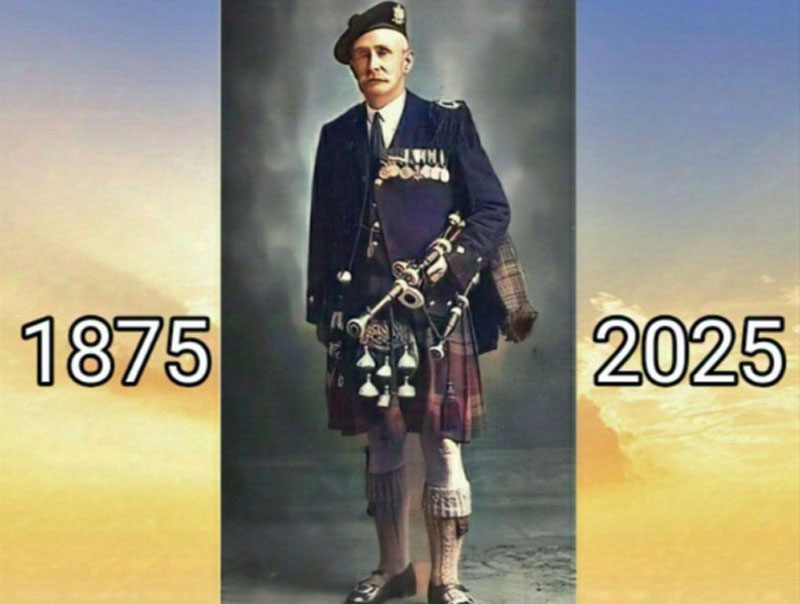
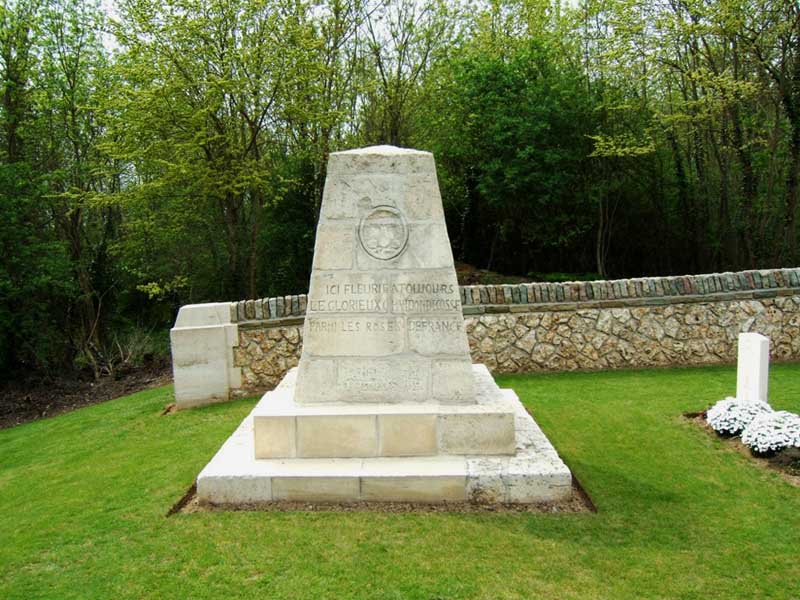
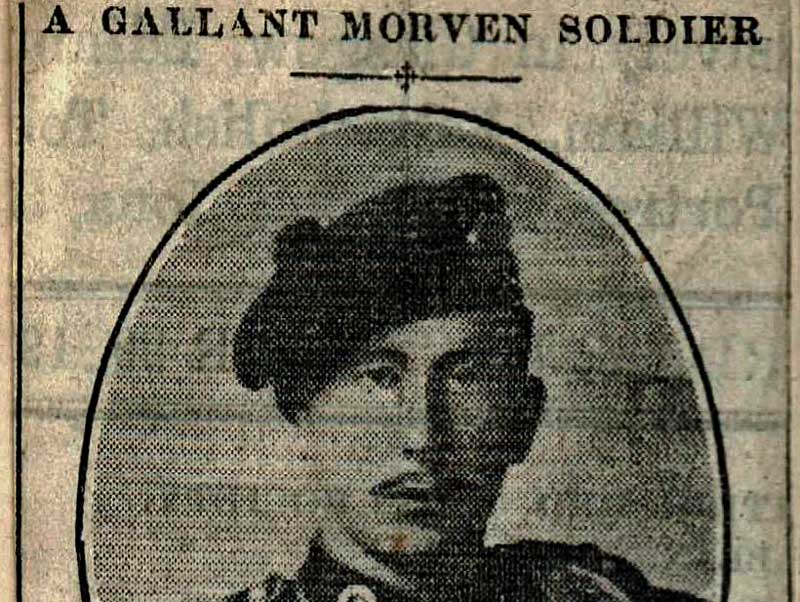
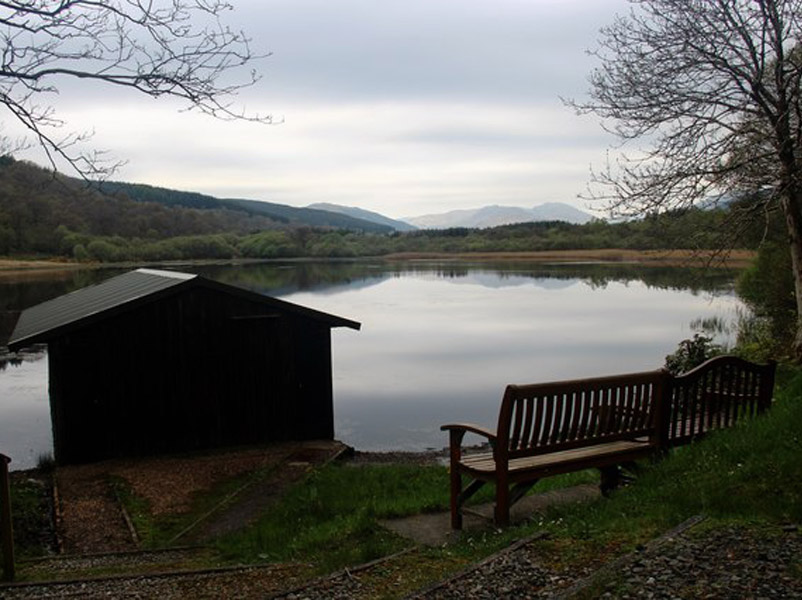
And of course this exceptionally musical man knew where to place an anacrusis in a 3/4!! Absolutely brilliant find.